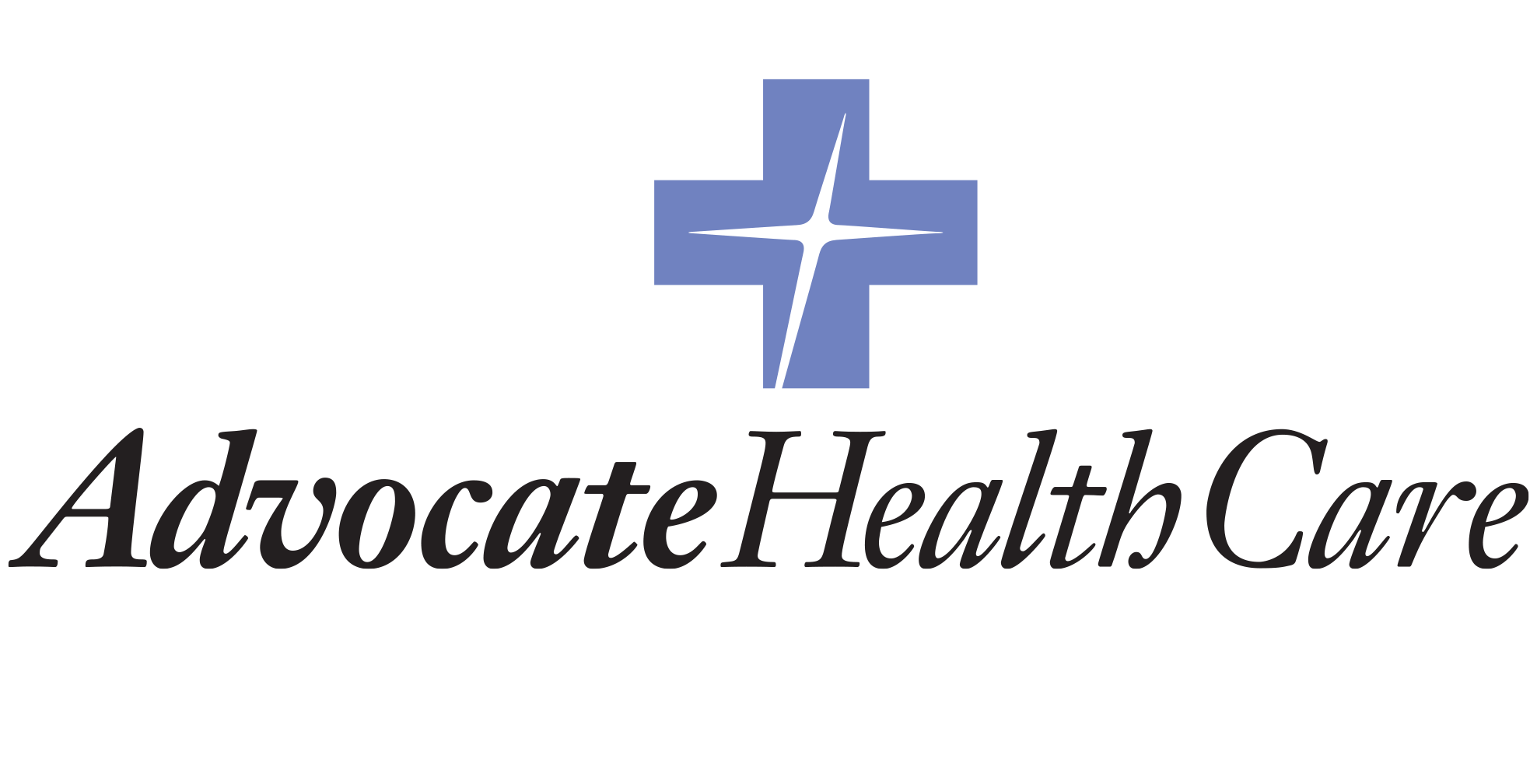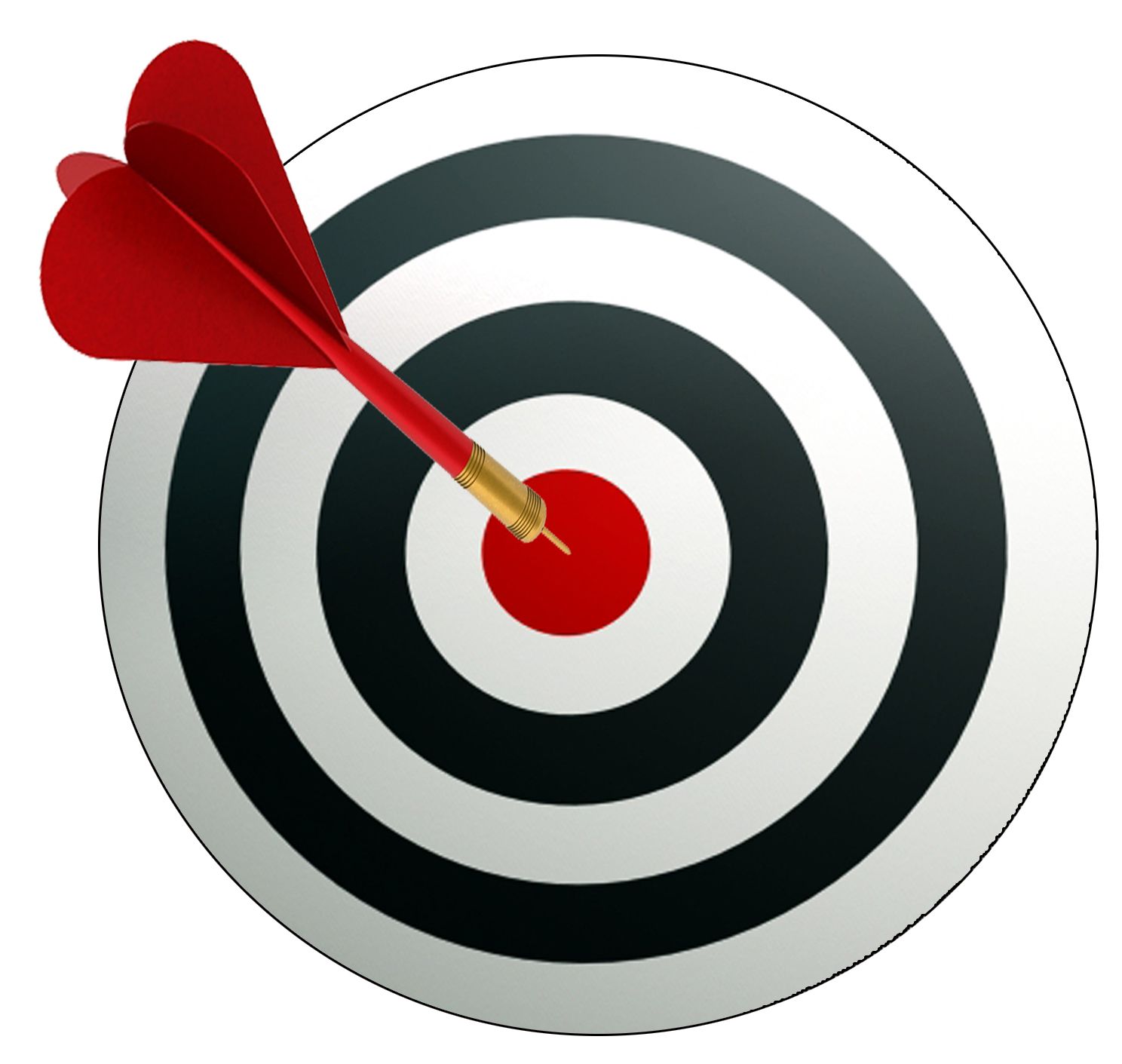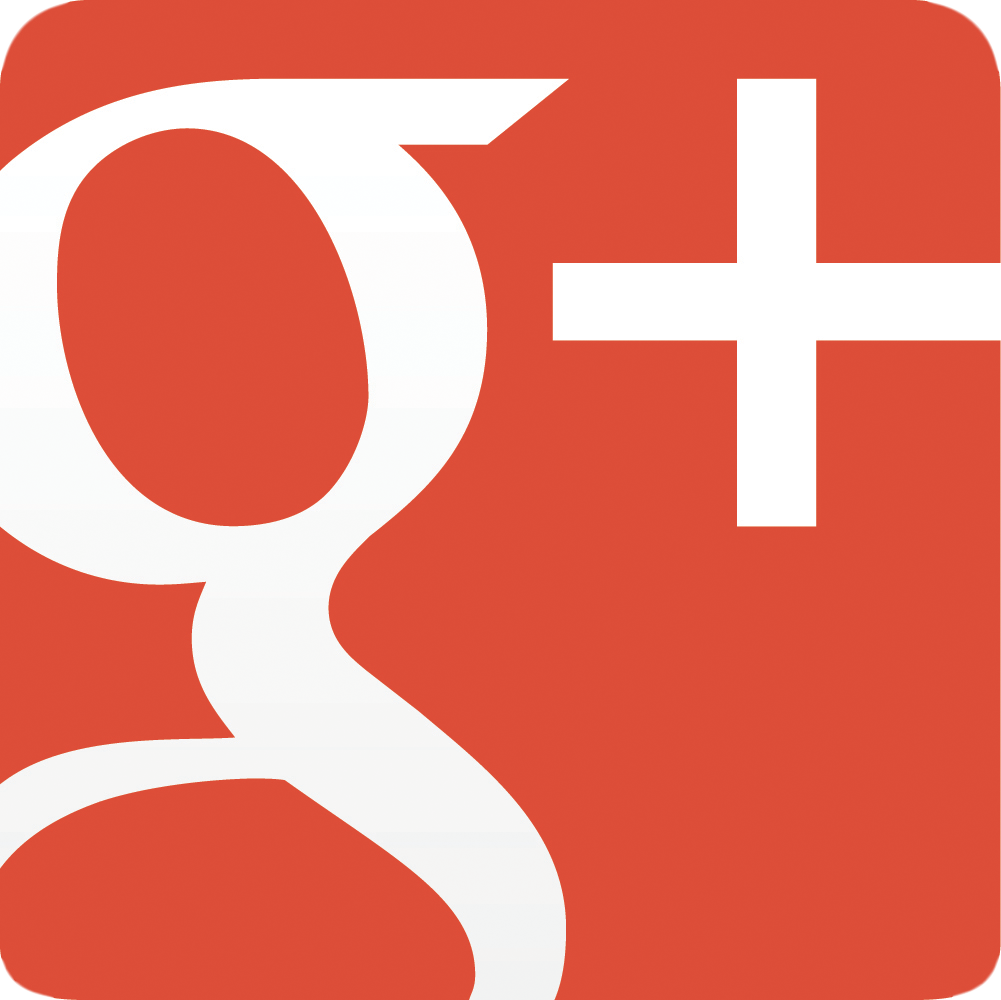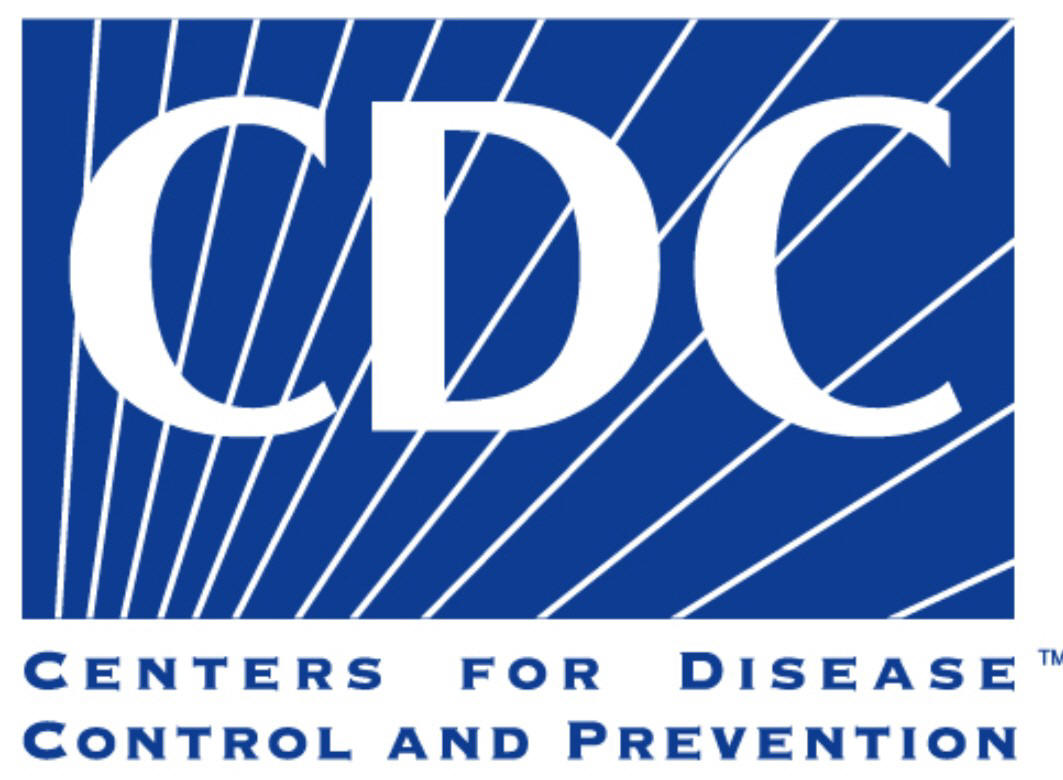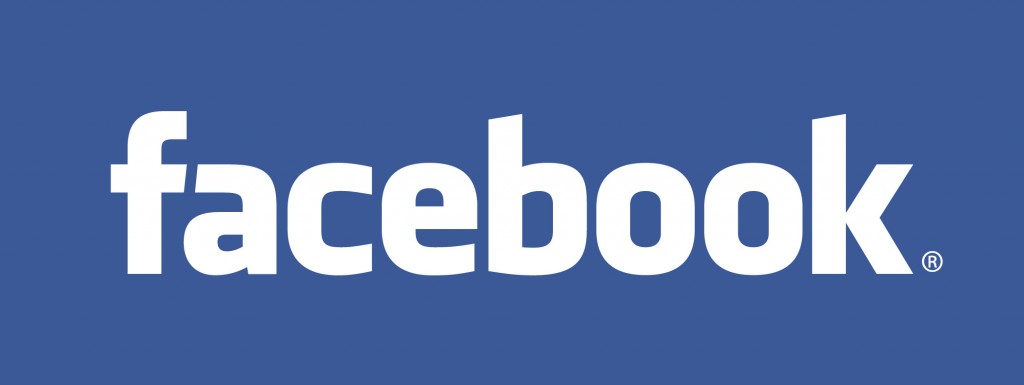 Health organization generally have a common goal and that is to tackle health problems and concerns and promote awareness through sharing clear information. Social media is continuing to expand every day with new features and users. Utilizing social media to promote health organizations are what many places are doing. Why wouldn't they? Social media is a great way to reach large masses of people in a timely and efficient manner. However, it is not just as simple as post and be known, there are guidelines that should be followed to ensure optimal success. Below, in a special edition of Cody's Corner, there are five key principles that I have devised, along with justifications as to why they are important as well as examples.
Health organization generally have a common goal and that is to tackle health problems and concerns and promote awareness through sharing clear information. Social media is continuing to expand every day with new features and users. Utilizing social media to promote health organizations are what many places are doing. Why wouldn't they? Social media is a great way to reach large masses of people in a timely and efficient manner. However, it is not just as simple as post and be known, there are guidelines that should be followed to ensure optimal success. Below, in a special edition of Cody's Corner, there are five key principles that I have devised, along with justifications as to why they are important as well as examples.
Cody's Corner
Target
 Using the word target may seem very general but it acts as an umbrella because there are many "target" parts that need to be considered when utilizing social media for health organization and professional promotion.
Using the word target may seem very general but it acts as an umbrella because there are many "target" parts that need to be considered when utilizing social media for health organization and professional promotion. Target Audience - Who are you trying to reach? Is your target audience African-American teenagers in South Carolina or is it Pacific Islanders above the age of 40 living in Hawaii? You must be very specific, but not too specific where you're leaving people out who can also use and will value the health information. (Don't worry, we'll discuss this further in evaluation.)
 Goals - I feel as though goals deserve to be in the Target category because without goals, your organization will be working towards nothing. Having goals will allow your health organization to know what their purpose is behind everything that they do, as well as help you analyze what is and isn't working well so shifts can be made that the goals may be reached without depleting resources. Set short term goals and long term goals. Objectives are nice to have too! Keep setting goals too. You don't have to achieve an goal before you can make another and honesty, I encourage you to keep creating new goals (but do not go overboard to where none of the goals are being accomplished because there are so many). This will also bring us back to evaluation. - I promise I'll quit saying that word.. maybe.
Goals - I feel as though goals deserve to be in the Target category because without goals, your organization will be working towards nothing. Having goals will allow your health organization to know what their purpose is behind everything that they do, as well as help you analyze what is and isn't working well so shifts can be made that the goals may be reached without depleting resources. Set short term goals and long term goals. Objectives are nice to have too! Keep setting goals too. You don't have to achieve an goal before you can make another and honesty, I encourage you to keep creating new goals (but do not go overboard to where none of the goals are being accomplished because there are so many). This will also bring us back to evaluation. - I promise I'll quit saying that word.. maybe.  An example of a health organization that is clearly has their goals and target population defined is Susan G. Komen's breast cancer organization. Their purpose is to raise awareness and funds for breast cancer research and their target population is focused on women in the ages where they are most susceptible of getting breast cancer.
An example of a health organization that is clearly has their goals and target population defined is Susan G. Komen's breast cancer organization. Their purpose is to raise awareness and funds for breast cancer research and their target population is focused on women in the ages where they are most susceptible of getting breast cancer. Paint your Profiles
 |
| Copyright, World Health Organization, 2015 |
Communicate Effectively
 To communicate effectively, you and your organization must know your voice. Realizing what you stand for and who you stand for is important. Becoming empathetic meaning putting yourself in someone else's shoes and trying to see things from their perspectives will help you better envision why you set the goals you did. Do not "dumb down" information in a way that is demeaning to those less educated, but instead, be clear and concise and write at a level that children can comprehend.
To communicate effectively, you and your organization must know your voice. Realizing what you stand for and who you stand for is important. Becoming empathetic meaning putting yourself in someone else's shoes and trying to see things from their perspectives will help you better envision why you set the goals you did. Do not "dumb down" information in a way that is demeaning to those less educated, but instead, be clear and concise and write at a level that children can comprehend. Engaging with your audience is important because it shows that you as a health organization care about their feelings, their health and what is important to them. Spark debates and conversations but do not show bias. Finally, do not bombard your followers with non stop information. Using queue apps will let you draft your posts to where they are published on a certain interval. Communicating effectively is important because it helps the people you are targeting by clearly conveying the health information. An example would be a health organization sharing information on their social media site and then responding to their followers comments and questions.
Be Transparent
 Being transparent is also an important principle to remember. You're asking, well what does that mean? As a leader, it means being honest and up front about matters. As a health organization, it is your job to own up to mistakes that may have been made, as well as make things known down to the tiniest detail about what you're doing especially if it involves monetary resources. People will want to know where their donations are going and what they will be used for. Being transparent lets your followers put their trust in you with continued support for the organization. When sharing information, make sure it is relative to the organization's message and goals. Sharing posts of the staff and behind the scenes "footage" will help your followers relate to the overall organization, too.
Being transparent is also an important principle to remember. You're asking, well what does that mean? As a leader, it means being honest and up front about matters. As a health organization, it is your job to own up to mistakes that may have been made, as well as make things known down to the tiniest detail about what you're doing especially if it involves monetary resources. People will want to know where their donations are going and what they will be used for. Being transparent lets your followers put their trust in you with continued support for the organization. When sharing information, make sure it is relative to the organization's message and goals. Sharing posts of the staff and behind the scenes "footage" will help your followers relate to the overall organization, too. Concern Worldwide is a prime example of an organization that is transparent. They offer data and info graphics all across their website that shows how their resources are spent and how they are allocated.
Evaluating
Evaluation is as crucial as defining your target audience and goals, but it just goes last because it's usually done after the first four principles are considered. However, evaluations can happen anytime honestly. You obviously don't want to evaluate anything if there are no goals.. Just making sure we are on the same page! Two specific ways that I think helps health organization evaluate their progress effectively are through SWOT Analysis and Analytics. Previously mentioned in yesterday's post, I'm going to quickly touch on these two because in all honesty, they are simple tools.
SWOT stands for Strengths, Weaknesses, Opportunities and Threats. It allows your organization to identify strengths which are internal to the organization; weaknesses that are also internal but can be fixed; discover opportunities from the external environment like collaborations with other organizations and finally threats are identified as external. Threats can hinder your health organization's growth and productivity.
Analytics are just statistics and graphical information that showcases how well a post is performing online. Concepts such as how many likes a post received, or how many times it was shared. These are important to look at because it will give your health organization a better idea of the content that is most favored and what is least favored. The most favored content will also be considered a strength, while the least favored is considered a weakness!
Advocate Healthcare based in Chicago is an example of an organization utilizing data and analytic for the betterment of their company. They saved an estimated 200 million dollars one year after beginning to examine data like health history.
Closing Remarks
With these five principles, I know you will be successful at utilizing social media with in your health organization. Remember, "there is no such thing as failure, only feedback" - Dr. Stephen Firsing. Have a happy and healthy day!
-Cody



